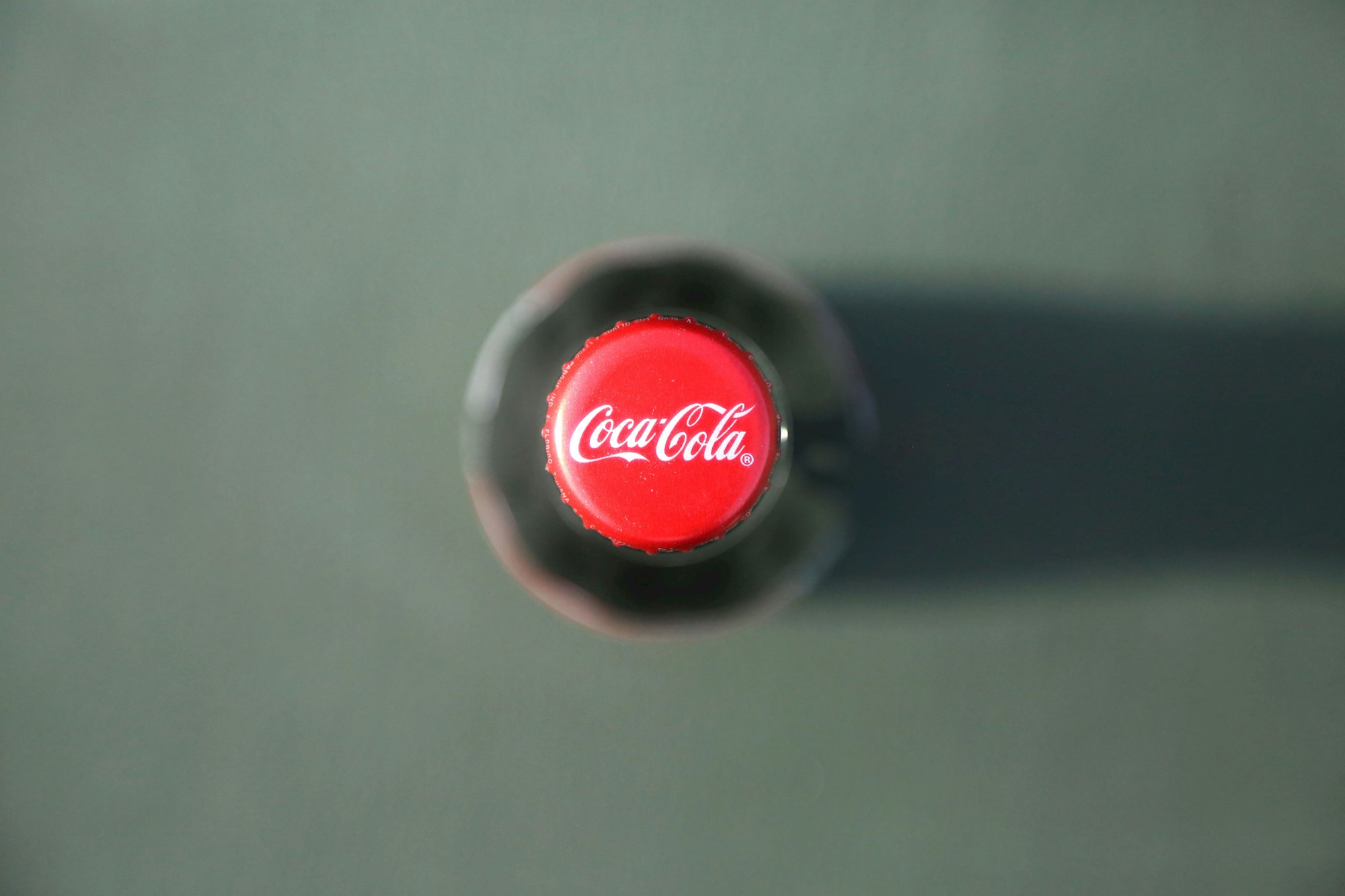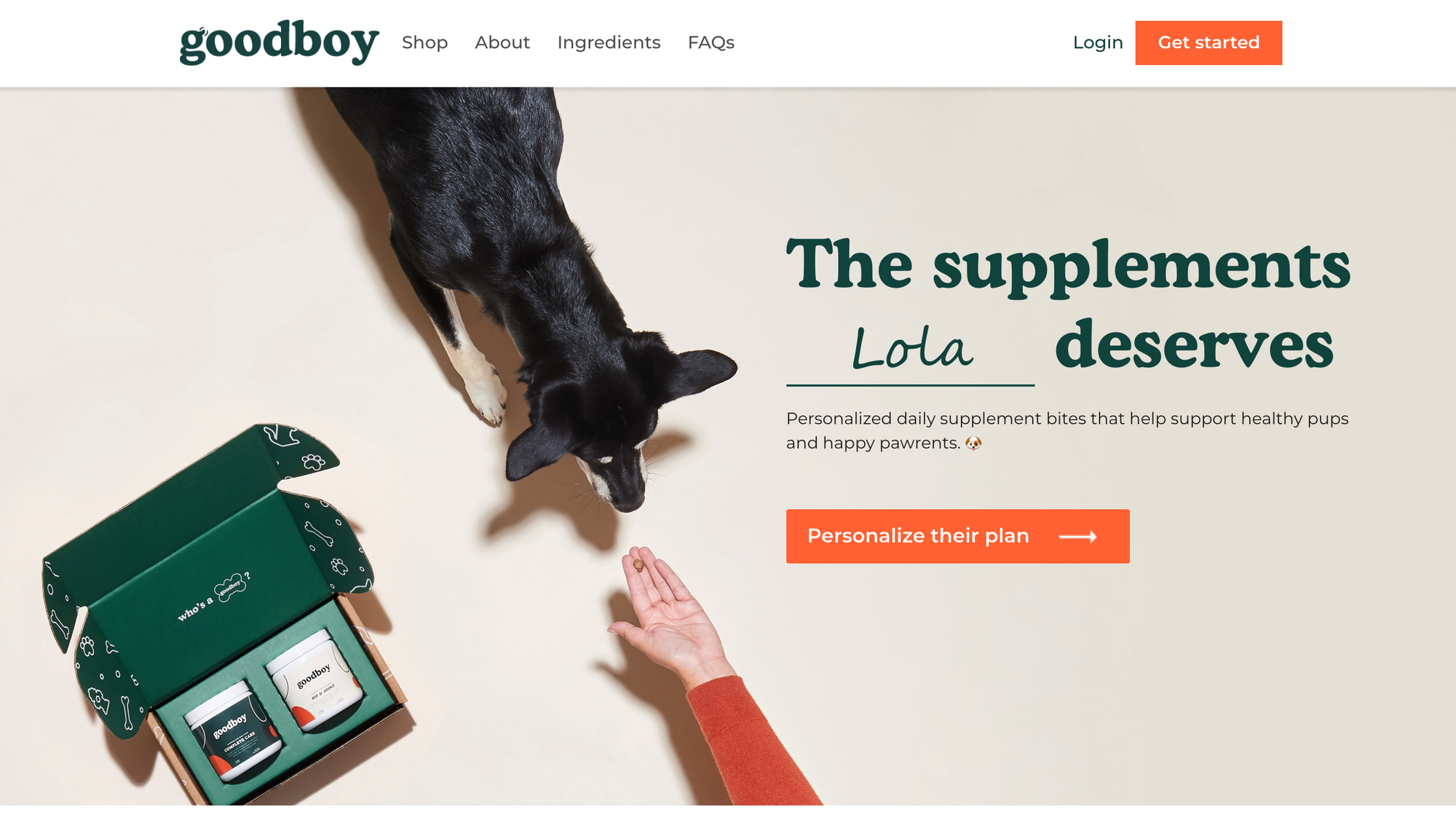How Brands Build Trust Fast, Using Psychology
When consumers are discovering a new product, it's essential to build trust and credibility immediately. We break down tactics and science behind how some of the top brands do it.

Remember ‘Despacito’? You might be sick of it by now, but back when the song was at its peak, playing just about everywhere, you may have found yourself nodding along and singing with Justin Bieber under your breath, seemingly against your will.
There’s a reason for this—studies have shown that the single most important factor in liking music is familiarity. This links up with a psychological phenomenon called the mere exposure effect. According to the mere exposure effect, repeated exposure to a stimulus increases preference for that stimulus. It’s true for a variety of different stimuli, from people’s music preferences to chicks’ preferences for noises played to them before they hatched from their eggs.
When Spotify builds your personalized "Discover Weekly" playlists, they employ this tactic. Mixed in with brand-new artists and songs, they'll blend artists and songs you're already likely to be familiar with. This small amount of familiarity makes the playlist resonate better as a whole.
Basically, you see or hear something a lot, and you start to like and trust it.
This likely extends to brands—you probably trust Coca-Cola, Kleenex, and so forth. Brand familiarity is important. Nielsen found that 60% of “global consumers with Internet access prefer to buy new products from a familiar brand rather than switch to a new brand.”
Interestingly, an early neuromarketing study on Coca-Cola and Pepsi found that when the consumer was primed with the Coca-Cola logo they were more likely to select and enjoy the product. The Coke branding triggered familiarity and pleasure in the brain.

Other studies have shown the psychological importance of familiarity when it comes to trusting brands. Brand trust in an internet-based environment is heavily influenced by familiarity with that brand.
People might also assess trust in brand logos the same way they do when looking at human faces.
If you want people to buy from you, then, it’s important that they trust you. To get them to trust you, familiarity might be the key.
It’s reminiscent of the chicken or the egg problem, you need familiarity to build trust but you need trust to grow your brand in the hearts and minds of the people you’re trying to familiarize yourself with. How do you hack this cycle?
When browsing the latest D2C (direct-to-consumer) brands – brands like Casper, Allbirds, and Warby Parker – you'll usually notice that each new brand has some familiar design elements in their ads or websites. They use bright or pastel colors across the color spectrum, modern or illustrated images, and bold clean fonts. There is a certain design aesthetic that allows even startup brands to have the same subconscious familiarity as the market leaders.
Take pet supplement startup, Goodboy, for example. Despite being a startup D2C brand, their design is reminiscent of today's modern design principles for D2C companies. To the consumer browsing their website, they don't look new: they look like the market-leading companies the consumer has grown to trust.

At Sorter, we utilize and help implement the best practices that we can learn across disciplines like psychology, neuroscience and behavioral economics. Take personality science for example.
Studies have shown that conscientious people (in particular conscientious women) and neurotic men prefer “trusted brands." Working backward you can deduce that in order to increase trust in your brand you have to make it feel familiar. Ground it in what they’re familiar with, so that your product doesn’t feel so strange.
Unfamiliar with Conscientiousness and Neuroticism? Read our blog on personality traits here.
A good example would be nutritional bars and juices. While you may not be familiar with the final product, the ingredients may strike a more familiar chord. This is what made KIND bars such a raging success: even before the brand was familiar, the ingredients were and thus they could be trusted. They even aligned this principal down to the product’s packaging. The transparent window that shows you the nuts that make up the majority of the bar was intentionally designed, so consumers felt comfortable (and familiar) with the ingredients.
One of the most important things to do for your brand is build familiarity and trust. Beyond increasing familiarity, this can be accomplished in a number of ways.
Trustworthy brands are ones featured by trusted sources, like Inc. 5000’s ranking. These rankings come out every year, and while touting your presence may feel silly, it’s a signal that your brand is one that people can trust.
Certain personality types favor what are known as "stability traits", or the desire to resist change. When making their buying decisions they gravitate toward skepticism, and for them trusted sources of unbiased reviews hold a lot of weight. Something as simple as a customer testimonial, mention in a trusted blog, or coverage by a news outlet can give this customer the proof-points and trust they need to make their buying decision.
These reviews and photos from real and verified customers, as opposed to sponsored PR posts, are extra important because they show potential customers what to expect.
This was a cornerstone of Amazon's initial strategy. When pressured by publishers to hide negative book reviews, Amazon decided to allow all reviews to present an unbiased view of the products they sold. As a result, they became a trusted source of consumer and product insights both good and bad.
While control of this has started to slip and brands like Amazon and Yelp battle against fake reviews, you can still do your product a service by focusing on attracting more verified reviews from customers. Not only does this help with your SEO, it also helps with building consumer trust.
The sheer volume of feedback is not only important for the continued research and development of your product, but it also creates a sense of credibility. You’re much more likely to trust a product with 100 reviews over one with 10.
Another sure-fire way of building trust is to provide a concrete understanding or view of the product. This allows the buyer to feel in control and thusly more confident in the decision. We’ve all seen a picture of a pair of pants or shoes and thought “it looks great on the model, but how would that look on me?”
Showing a 360º view of the product also shows potential customers what to expect in order to increase trust. Full images of each angle, combined with images sourced from customers, ensure the consumer they won't run into a situation like ordering a table made for dolls while thinking it was a full size table.
Bad design or UX can also decrease trust, which in turn increases cognitive load, which in turn has been found to decrease trust in a website (and really, are you going to trust someone who still uses comic sans to give you a good product?).
For more information on Cognitive Load Theory and how it applies to marketing, read our blog here.
According to author Roger Dooley, it’s even possible that a less trustworthy but really easy-to-use website ends up being used more frequently, simply because of that ease. This links back to cognitive load, an important topic when designing digital experiences, packaging, and marketing messages.
Take Google for example. They weren't the first search engine and their competitors had homepages with several categories, news articles, and features. But Google's simple search box and white background won. It was easy, fast, straightforward, and had zero cognitive load. It makes sense at first use.
This means that while trust is important, having a successful digital presence is not always 100% straightforward: much like anything in psychology or neuroscience.
Long story short, it’s important to pay attention to all the little details in order to create a trustworthy brand, product, package, website, e-mail, or ad. The first impression is important, and there are tons of little factors that will have an impact on the way customers see your product.
By providing a complete, easy-to-use product (and ideally, one that matches the customer’s personality and therefore point of view), you can make sure you make a good first impression all around.
When employing these tactics to reduce uncertainty and cognitive load, plus pairing your marketing messaging and product selections with the customer's dominant personality traits you can not only increase sales but, according to Dr. Sandra Matz, also decrease buyers remorse resulting in higher LTV, decreased returns, and a better brand relationship.
For more information on how you can easily apply personality psychology, data, and neuroscience to build trust with your customers, visit www.sorter.com.

